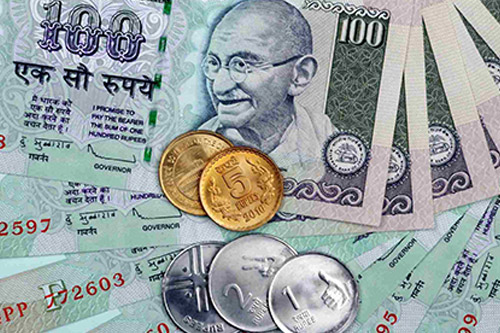Implementation of GST is a game-changer
Dated 12th November, 2015
 A truck moving from Spain to Poland, both in the EU, can do the trip with hardly any time lost in border checks. The speed of moving material by truck from one state of India to another is way slower.
A truck moving from Spain to Poland, both in the EU, can do the trip with hardly any time lost in border checks. The speed of moving material by truck from one state of India to another is way slower.
There are instances where Indian retailers find it easier to import material from foreign suppliers rather than procure the same from another state. Foreign firms that would like to source material from Indian suppliers are often discouraged by the delays faced on the ground.
Studies indicate that about 60% of freight movement within the country is by road. Close to 60% of the travel time is spent at various checkpoints.
Long lead times make demand forecasts inaccurate and planning difficult. The implementation of the goods and services tax (GST) is, thus, a game-changer. It is expected to set right the aberrations in Indian supply chains and contribute to India’s economic growth, better integrate its market as well as firm up campaigns like ‘Make in India’.
The GST is a destination tax applicable on supply of a good or service. It is avalue-added tax (VAT) that incentivises firms to pay the tax correctly and allows tax collection to be a simple process. Hence, with the implementation of GST, material movement should be without verification at state borders, which are currently notorious for long queues of trucks.
The Centre should strongly incentivise state governments to develop processes such that tax scrutiny is carried out only on evasion suspicion. The processes should ensure that firms are not subjected to the tyranny of tax inspectors.
Owing to lesser resources, it is the small- and medium-sized firms that are affected most, making it even more difficult for them to compete nationally or internationally.
The GST Bill envisages a dual GST with the Centre and the states simultaneously levying it on a common base. Looking at the data of the last few years, the indirect taxes collected — customs duty, excise duty and service tax levied by the Centre, and VAT levied by states — are about 11% of the GDP.
The indirect taxes collected by the Centre — before sharing with states — are roughly 5% of the GDP, while the balance equivalent to about 6% of the GDP is the indirect taxes collected by the state.
To ensure that the overall indirect tax collection does not dip owing to implementation of the GST, the 13th Finance Commission has suggested a GST rate of 18%.
In the years just before implementation of state VAT, the indirect taxes collected by the states were the equivalent of about 5% of the GDP, compared to 6% today. This may be because of improved tax compliance.
Given the high level of competition in retailing — which translates into low profit margins — retailers in the unorganised sector may not be enthused to pay tax if the GST rate is high. It would be prudent if the GST council, which would be deciding the GST rates, accepts the 18% rate and signals rate stability.
The state governments may also explore whether soft loans for investing in point-of-sale computerisation and mechanisms for speedy tax refunds would help in improving compliance.
The Centre’s support in providing technology-based solutions to states would be crucial. This may include mobile technologies for easy payment of tax.
The GST Bill proposes an additional tax not exceeding 1% on interstate supply of goods. Industry has expressed some reservation as this levy is cascading and would encourage firms to set up warehouses in all states irrespective of the trade volume.
Too many points in the supply chain results in unnecessary loading and unloading activities. In addition, it could also distort supply chains. A retailer, say, at Hosur in Tamil Nadu would then be supplied from the Chennai warehouse rather than from the nearby Bengaluru one.
The cascading effect of this non-Vatable tax may be serious only if the goods concerned criss-cross the country extensively. This may not be true in many industries. Automobile plants source components mostly from nearby suppliers so that they can conduct just-in-time operations.
Our own study on the impact of central sales tax (CST), currently applied on the interstate sale of goods and is equivalent to the additional tax, showed that it would not be optimal for firms to set up warehouses in all states for a 1% CST rate.
If the GST Bill is cleared with the additional tax, firms would be better off paying this tax than creating tax-saving, but cumbersome, supply chains.
(This blog is published in The Economic Times on 12th Nov, 2015)





